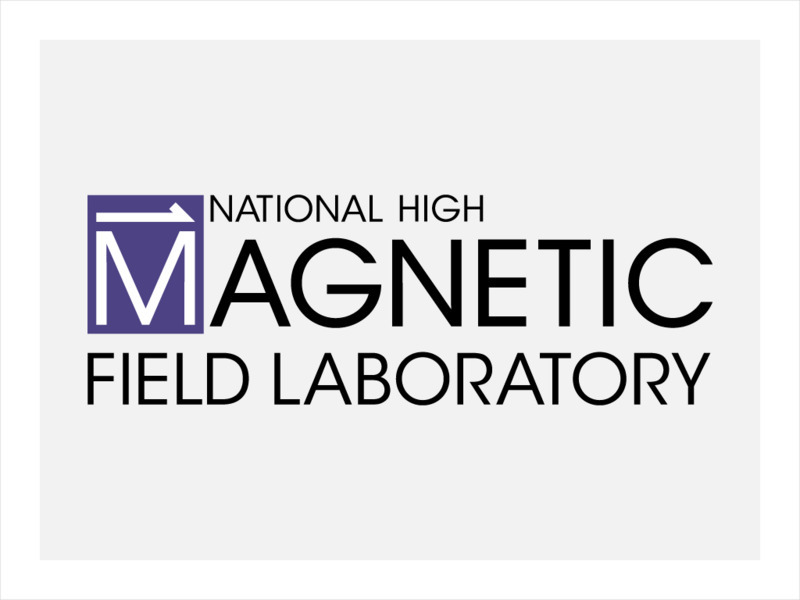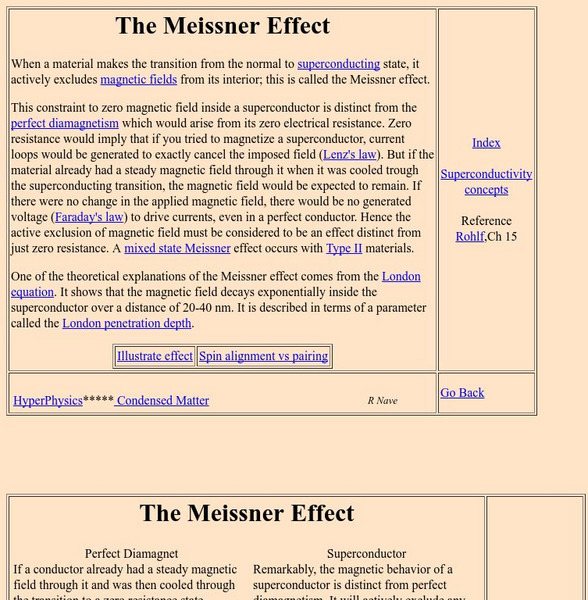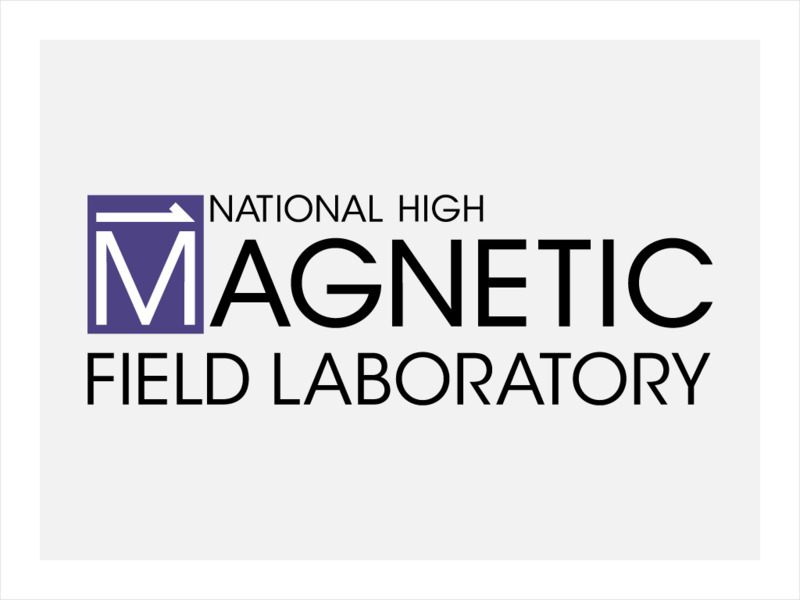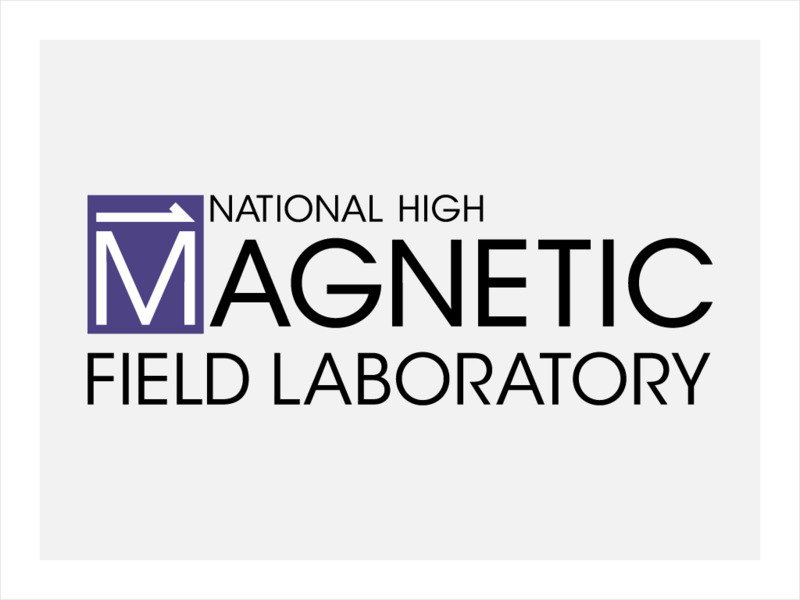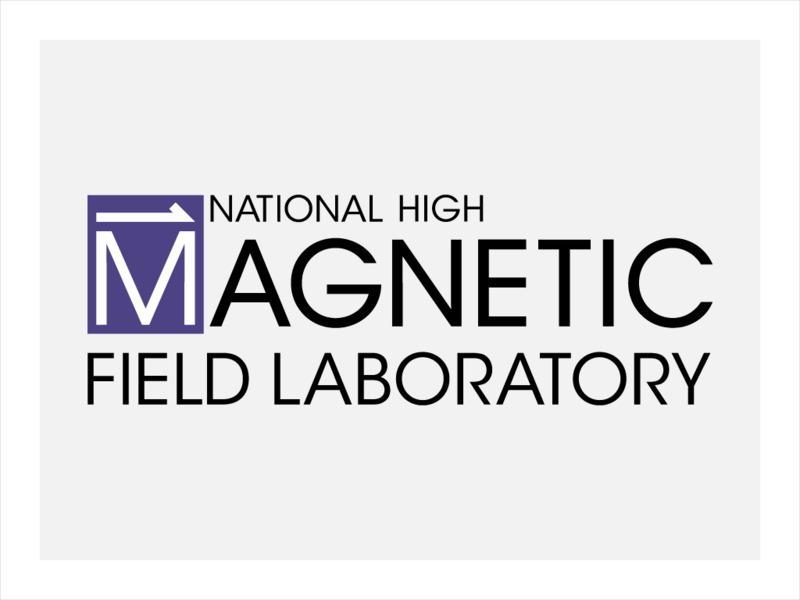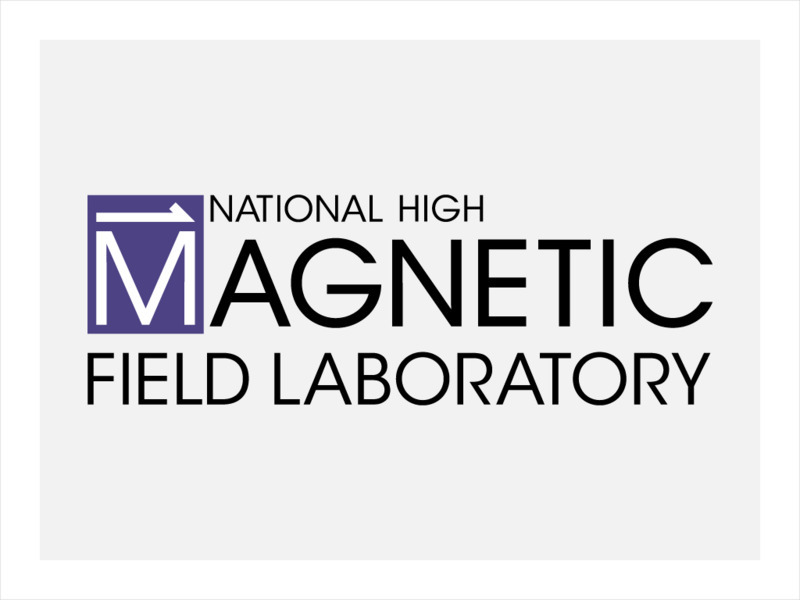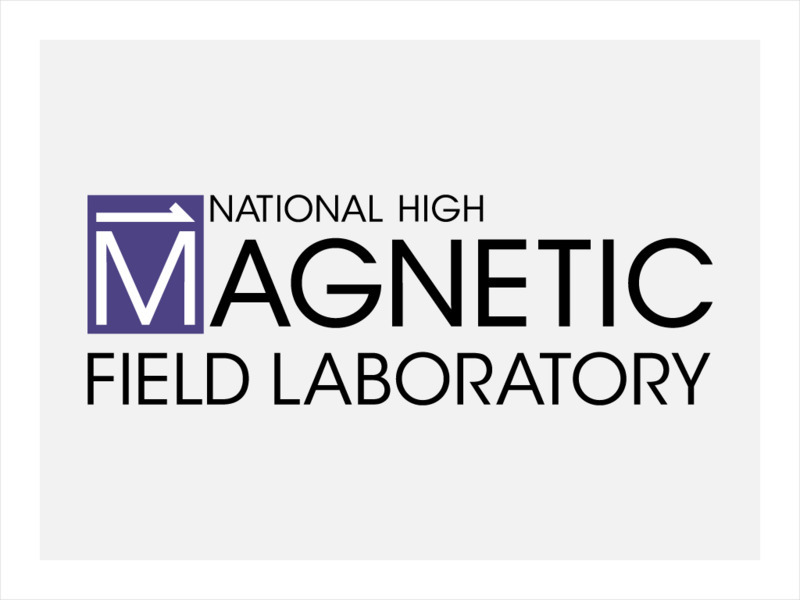National High Magnetic Field Laboratory
Magnet Academy: Superconductivity 101
An overview of the history, applications and science of superconductivity, including the Meissner effect, BCS theory, Type 1 and Type 2 superconductors and high-temperature superconductivity.
Oak Ridge National Laboratory
Ornl: Teacher's Guide Superconductivity for High School Students
This site from the Human Genome Project provides a large collection of facts and information, demonstrations, experiments and project ideas. Written for teachers but easily adaptable for any type of student work. A good site to check out...
Massachusetts Institute of Technology
Mit: Open Course Ware: Electromagnetic Induction
Learners investigate electromagnetic induction. Some topics explored in the activities are Faraday's law of induction, superconductivity, and non-conservative fields. The resource consists of video clips, online textbook chapters,...
Georgia State University
Georgia State University: Hyper Physics: The Meissner Effect
This site from the Georgia State University provides a good introduction to and illustration of the Meissner Effect, the property of a superconducting material whereby it actively excludes a magnetic field from within its interior.
Wikimedia
Wikipedia: Diamagnetism
Wikipedia.com offers a good introduction to diamagnetism and diamagnetic materials, including discussion of how superconductors exhibit diamagnetic properties.
Wikimedia
Wikipedia: The Meissner Effect
Wikipedia.com offers a wonderful introduction and explanation of the Meissner effect, explaining how this effect qualifies superconduction as a true thermodynamic state of a material.
Wikimedia
Wikipedia: Absolute Zero
Wikipedia offers several paragraphs of detailed information on absolute zero, the lowest temperature that can be obtained in any macroscopic system.
Florida State University
Florida State University: Magnet Lab: Organic Superconductors
Organic superconductors, though still new to science, are lighter and more potentially versatile than inorganic superconductors and may have important applications in the future.
Florida State University
Florida State University: Magnet Lab: What Is a Dewar?
What are those big, silver containers that scientists push down the Magnet lab hallways? Find out what these devices are in this short article.
National High Magnetic Field Laboratory
Magnet Academy: Georg Bednorz
J. Georg Bednorz jointly revolutionized superconductivity research with K. Alex Muller by discovering an entirely new class of superconductors, often referred to as high-temperature superconductors. They managed to achieve...
National High Magnetic Field Laboratory
Magnet Academy: Leon Cooper
Leon Cooper shared the 1972 Nobel Prize in Physics with John Bardeen and Robert Schrieffer, with whom he developed the first widely accepted theory of superconductivity. Termed the BCS theory, it is heavily based on a phenomenon known as...
National High Magnetic Field Laboratory
Magnet Academy: Heike Kamerlingh Onnes
Heike Kamerlingh Onnes was a Dutch physicist who first observed the phenomenon of superconductivity while carrying out pioneering work in the field of cryogenics. An important step on the way to this discovery was his success in...
National High Magnetic Field Laboratory
Magnet Academy: Karl Alexander Muller
In their search for new superconductors, Swiss theoretical physicist Karl Alexander Muller and his young colleague, J. Georg Bednorz, abandoned the metal alloys typically used in superconductivity research in favor of a class of oxides...
National High Magnetic Field Laboratory
Magnet Academy: Walther Meissner
Walther Meissner discovered while working with Robert Ochsenfeld that superconductors expel relatively weak magnetic fields from their interior and are strongly diamagnetic. This phenomenon, commonly known as the Meissner effect or the...
National High Magnetic Field Laboratory
Magnet Academy: John Robert Schrieffer
While still in graduate school, John Robert Schrieffer developed with John Bardeen and Leon Cooper a theoretical explanation of superconductivity that garnered the trio the Nobel Prize in Physics in 1972. The BCS theory (the acronym...
National High Magnetic Field Laboratory
Magnet Academy: Timeline of Electricity and Magnetism: 1910 1929
Scientists' understanding of the structure of the atom and of its component particles grows, the phone and radio become common, and the modern television is born.
National High Magnetic Field Laboratory
Magnet Academy: John Bardeen
John Bardeen was one of a handful of individuals awarded the Nobel Prize twice and the first scientist to win dual awards in physics. Both times, he shared the prize with others. The first time his co-recipients were Walter Brattain and...
Energy for Sustainable Development
Esd Bulgaria: Kids & Energy: Energy Pioneers: Johannes Georg Bednorz
A profile of Johannes Georg Bednorz, who worked with Alexander Muller to make breakthroughs in the field of superconductivity.
National High Magnetic Field Laboratory
Magnet Academy: What Is a Cable in Conduit Winding Spool?
The Magnet Lab's magnet-building team has a way of customizing even the most straightforward tools of its trade, the cable-in-conduit conductor spool. This article explains the significance of this tool.
National High Magnetic Field Laboratory
Magnet Academy: Maglev Trains
Prof. Eric Hellstrom of the lab's Applied Superconductivity Center uses a toy train to demonstrate magnetic levitation, the Meissner Effect and magnetic flux trapping. [6:30]
Georgia State University
Georgia State University: Hyper Physics: Diamagnetism
This site from the Georgia State University provides a brief introduction to diamagnetism, explaining how Lenz's law accounts for diamagnetic behavior in all materials.
Other
Colorado Superconductor: The Meissner Effect
This site contains a good conceptual discussion of how Lenz's law affects diamagnetic superconducting materials. Also discusses the Meissner effect and contains a procedure for demonstrating the effect by levitating a magnet over a...


